

NIWA’s research vessel the Tangaroa went on an 8-week voyage to the Ross Sea to survey the marine environment and explore biodiversity in the region. The journey from February until mid-March ...
READ MORE

The Antarctic fish fauna is relatively small, with only around 325 species known and only about 135 reported to be found in the Ross Sea region. By comparison, coral reefs support very large fish ...
READ MORE

During the voyage to the Ross Sea, we sampled benthos. So what is benthos, and why do we want to know more about it? Rights: NIWA Sea stars and limpets Antarctic benthos: sea-stars (Odontaster ...
READ MORE
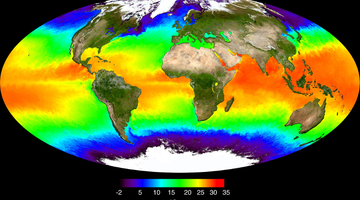
In this activity, students look at what happens when hot and cold water meet. By the end of this activity, students should be able to: discuss how temperature affects the density of water discuss ...
READ MORE

In this activity, students read online articles related to fire in Antarctica and discuss why fire is a big hazard there. Rights: The University of Waikato Te Whare Wānanga o Waikato Scientist in ...
READ MORE

In this activity, students investigate some of the properties of seawater. By the end of this activity, students should be able to: discuss that salt dissolves in water explain that dissolved ...
READ MORE

Weddell seals and orca are among the top predators in the Ross Sea region of Antarctica, and more than half of the Weddell seal population can be found in the Ross Sea. Information about changes ...
READ MORE
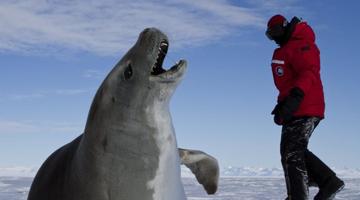
Antarctica’s crabeater seals are the focus of an international study led by the University of Canterbury. The aim is to understand potential environmental and social impacts on one of the ...
READ MORE
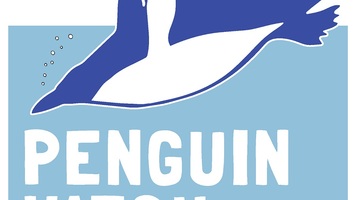
Help scientists establish valuable baseline data about the numbers, locations, habits and health of penguins in a range of Southern Ocean sites. This information will enable better understanding ...
READ MORE
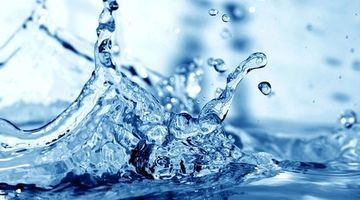
About 70% of Earth’s surface is covered by water. It is found just about everywhere and is the only naturally occurring substance on Earth existing in solid, liquid and gas states. Water is ...
READ MORE
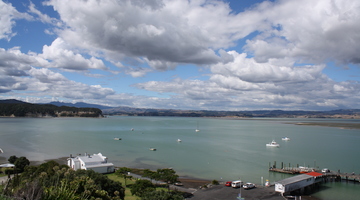
With 75% of New Zealanders living within 10 km of the coast, many students will be familiar with estuaries. In scientific terms, estuaries are the interface between the land and the sea – the ...
READ MORE

In this recorded professional learning session, Greta Dromgool and guest Alex Daniel from the Waikato Regional Council take a hands-on look at fresh water monitoring. Exploring our urban and ...
READ MORE
Stacey Mulgrew, the Land Information representative gives a tour of the ship. Stacey starts on deck and explains the decks of the ship using the ship’s deck plans. She shows where one of the ...
READ MORE
Andrew Stewart is discussing the adaptations of the Antarctic silverfish. Points of interest for teachers: Students may want to discuss why the icefish does not have red blood. Why is more oxygen ...
READ MORE
The video shows the so called beam trawl being pulled up on board and emptied. Samples are taken into the laboratory for sorting. Kareen Schnabel shows some of the species that were found and ...
READ MORE
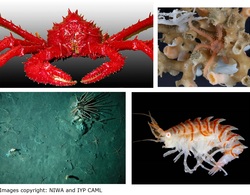
This short slideshow shows some of the animals found in the Antarctic benthic zone. Use the Slideshow menu for further options, including view full screen, and go here for the download option.
READ MORE
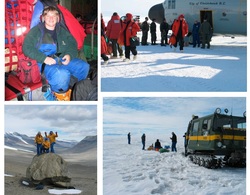
This slideshow presents images from Megan Balks and Jackie Aislabie's trips to Antarctica. Use the Slideshow menu for further options, including view full screen, and go here for the download ...
READ MORE
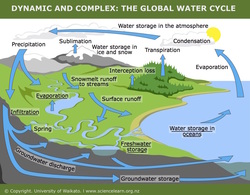
Water in the Earth system is influencing all aspects of life on Earth. Pathways, storage, transfers and transformations have an effect on the global climate and human welfare. Within this ...
READ MORE